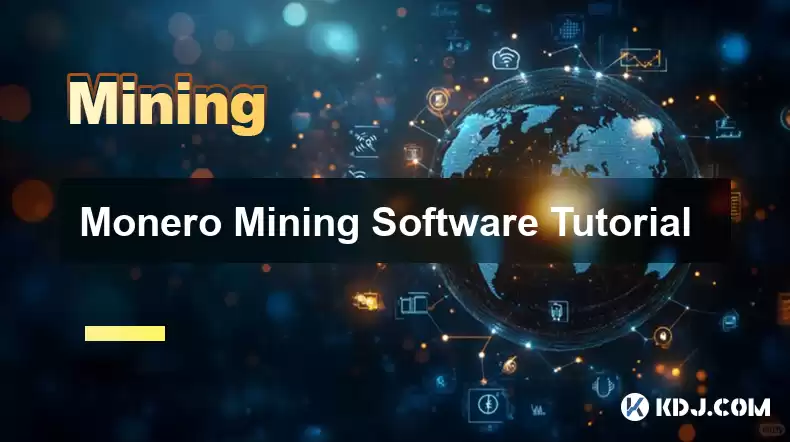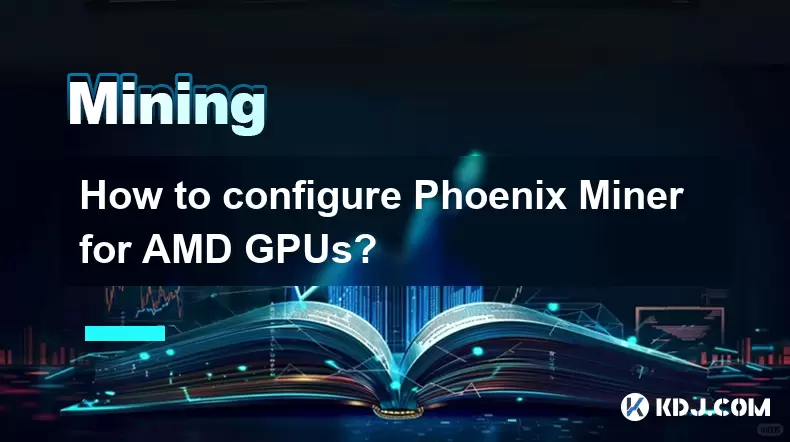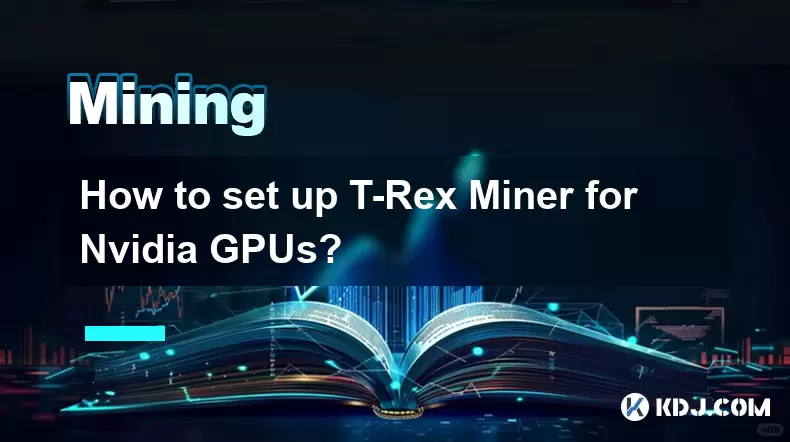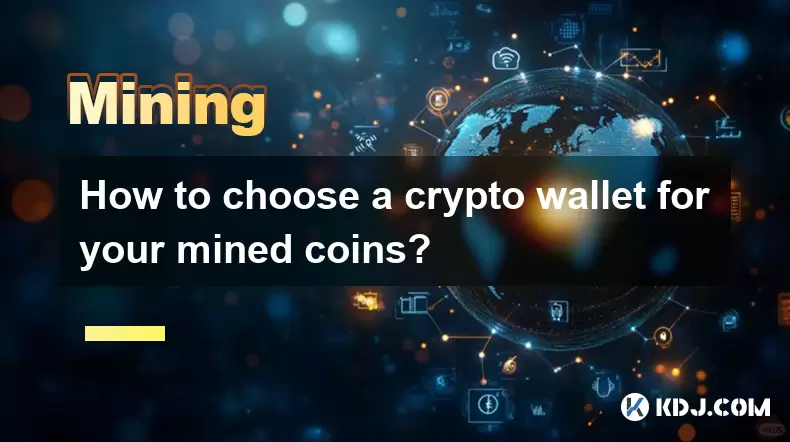-
 Bitcoin
Bitcoin $117700
-1.00% -
 Ethereum
Ethereum $4458
-3.91% -
 XRP
XRP $3.119
0.14% -
 Tether USDt
Tether USDt $1.001
-0.02% -
 BNB
BNB $836.6
-1.56% -
 Solana
Solana $189.5
-3.90% -
 USDC
USDC $0.9998
-0.02% -
 Dogecoin
Dogecoin $0.2335
1.29% -
 Cardano
Cardano $0.9642
1.51% -
 TRON
TRON $0.3539
-1.19% -
 Hyperliquid
Hyperliquid $47.41
-1.84% -
 Chainlink
Chainlink $21.92
-3.28% -
 Stellar
Stellar $0.4286
-0.23% -
 Sui
Sui $3.724
-3.29% -
 Bitcoin Cash
Bitcoin Cash $594.8
-0.78% -
 Ethena USDe
Ethena USDe $1.001
0.04% -
 Hedera
Hedera $0.2501
-2.06% -
 Avalanche
Avalanche $23.96
-4.87% -
 Litecoin
Litecoin $119.0
-2.32% -
 Toncoin
Toncoin $3.473
0.82% -
 UNUS SED LEO
UNUS SED LEO $9.596
0.17% -
 Shiba Inu
Shiba Inu $0.00001301
-0.39% -
 Uniswap
Uniswap $11.03
-0.25% -
 Polkadot
Polkadot $3.935
-2.62% -
 Dai
Dai $1.000
0.01% -
 Bitget Token
Bitget Token $4.564
-1.76% -
 Cronos
Cronos $0.1512
-4.11% -
 Ethena
Ethena $0.7306
-1.09% -
 Pepe
Pepe $0.00001087
-2.68% -
 Aave
Aave $300.2
-4.00%
Monero Mining Software Tutorial
Monero enthusiasts can choose from a variety of reputable mining software options tailored to optimize their mining operation, including XMRig, SRBMiner, MoneroOcean, and Claymore's Dual Ethereum.
Jan 13, 2025 at 12:50 am

Key Points of the Article:
- Understanding Monero Mining Basics
- Setting Up Your Mining Hardware
- Choosing the Right Mining Software
- Optimizing Your Mining Setup
- Troubleshooting Common Mining Issues
- Frequently Asked Questions
Monero Mining Software Tutorial
Understanding Monero Mining Basics
Monero is a privacy-focused cryptocurrency that uses the RandomX mining algorithm. Mining Monero requires specialized software designed to solve complex mathematical problems and verify transactions. This process consumes significant computing power and is typically carried out using dedicated mining rigs or pools.
Setting Up Your Mining Hardware
To mine Monero, you will need specialized hardware capable of performing intensive computational tasks. Graphic cards (GPUs) are the most commonly used hardware for Monero mining due to their high processing power and efficiency. Once you have selected your hardware, you will need to install it in a mining rig or connect it to a computer.
Choosing the Right Mining Software
Selecting the appropriate mining software is crucial for optimizing your mining operation. There are several reputable Monero mining software options available, each with its own features and advantages. Some popular choices include:
- XMRig: Open-source software with high efficiency and cross-platform compatibility.
- SRBMiner: Known for its low CPU usage and optimized XMR mining algorithms.
- MoneroOcean: A mining pool that allows you to mine multiple currencies simultaneously.
- Claymore's Dual Ethereum: Compatible with AMD GPUs and offers dual mining of Ethereum and Monero.
Optimizing Your Mining Setup
To maximize your mining efficiency, follow these optimization techniques:
- Overclocking: Increasing the clock speeds of your GPU or CPU can enhance hashing performance. However, ensure that you do not overclock beyond safe limits to prevent hardware damage.
- Undervolting: Reducing the voltage supplied to your hardware can reduce power consumption without compromising hashing speed.
- BIOS Modification: Tweaking the BIOS settings of your motherboard and GPU can optimize mining performance parameters such as memory timings and voltage.
- Pool Selection: Joining a reliable mining pool can increase your earnings by leveraging the combined hashing power of multiple miners.
Troubleshooting Common Mining Issues
If you encounter any issues while mining Monero, consider the following troubleshooting steps:
- Check your hardware: Make sure that your mining hardware is properly connected and functioning correctly.
- Update your software: Ensure that you are using the latest version of your mining software to avoid potential bugs or compatibility issues.
- Monitor your system: Use software tools to monitor your hardware's temperature, fan speeds, and power consumption to prevent overheating or hardware failures.
- Configure your firewall: Adjust your firewall settings to allow incoming connections from your mining software.
- Disable antivirus software: Antivirus software can sometimes interfere with mining operations. Disable it temporarily to resolve potential conflicts.
Frequently Asked Questions (FAQs)
1. Is it profitable to mine Monero?
Profitability depends on factors such as hardware costs, electricity prices, and the current Monero exchange rate. Use a mining profitability calculator to estimate your potential earnings.
2. What are the best ASICs for Monero mining?
ASICs specifically designed for Monero mining offer higher efficiency compared to GPUs. Some popular models include Antminer X3 and Bitmain Antminer X9.
3. How do I set up a Monero mining pool?
To set up a Monero mining pool, you will need a dedicated server with a stable internet connection. Software such as Xmrig Pool and Stratum can be used to create a pool and manage miners.
4. What is RandomX?
RandomX is the hashing algorithm used by Monero to ensure network security and prevent centralization. It is designed to be resistant to ASICs and cater to a broader range of hardware.
5. Can I mine Monero with CPU?
While it is possible to mine Monero with CPU, it is not recommended due to its lower efficiency compared to GPUs or ASICs. You may incur higher electricity costs and experience lower earnings.
Disclaimer:info@kdj.com
The information provided is not trading advice. kdj.com does not assume any responsibility for any investments made based on the information provided in this article. Cryptocurrencies are highly volatile and it is highly recommended that you invest with caution after thorough research!
If you believe that the content used on this website infringes your copyright, please contact us immediately (info@kdj.com) and we will delete it promptly.
- Kazakhstan's Crypto Leap: Bitcoin ETF and Central Asia's Digital Finance Future
- 2025-08-13 12:45:19
- BlockDAG Presale Blazes Past $371M: Fundraising Frenzy Fuels Crypto Sensation
- 2025-08-13 13:05:21
- Meme Coins: Chasing the 2025 Surge – Which Will Moonshot?
- 2025-08-13 10:25:23
- Bitcoin's Wild Ride: Rally, Pullback, and What's Next
- 2025-08-13 10:25:23
- Bitcoin, Bitmax, and Institutional Demand: A New Era of Crypto Investment
- 2025-08-13 10:45:12
- Solana, ROAM, and Airdrops: What's the Buzz in 2025?
- 2025-08-13 11:35:13
Related knowledge

How to configure Phoenix Miner for AMD GPUs?
Aug 11,2025 at 03:21am
Understanding Phoenix Miner and Its Compatibility with AMD GPUsPhoenix Miner is a lightweight, high-performance Ethereum mining software designed for ...

How to set up T-Rex Miner for Nvidia GPUs?
Aug 10,2025 at 12:07am
Understanding T-Rex Miner and Its Compatibility with Nvidia GPUsT-Rex Miner is a high-performance mining software designed specifically for Nvidia GPU...

What is "proof-of-work" and how does it relate to mining?
Aug 07,2025 at 02:03pm
Understanding the Concept of Proof-of-WorkProof-of-work (PoW) is a consensus mechanism used in blockchain networks to validate transactions and secure...

How to choose a crypto wallet for your mined coins?
Aug 13,2025 at 11:36am
Understanding the Types of Crypto Wallets for Mined CoinsWhen selecting a crypto wallet for your mined coins, the first step is to understand the diff...

What are the differences between mining on Windows vs. Linux?
Aug 06,2025 at 11:29pm
Overview of Cryptocurrency Mining PlatformsCryptocurrency mining involves using computational power to solve complex cryptographic puzzles and validat...

How to use an old computer for cryptocurrency mining?
Aug 07,2025 at 12:42pm
Understanding the Feasibility of Using an Old Computer for MiningUsing an old computer for cryptocurrency mining may seem outdated, but it is still te...

How to configure Phoenix Miner for AMD GPUs?
Aug 11,2025 at 03:21am
Understanding Phoenix Miner and Its Compatibility with AMD GPUsPhoenix Miner is a lightweight, high-performance Ethereum mining software designed for ...

How to set up T-Rex Miner for Nvidia GPUs?
Aug 10,2025 at 12:07am
Understanding T-Rex Miner and Its Compatibility with Nvidia GPUsT-Rex Miner is a high-performance mining software designed specifically for Nvidia GPU...

What is "proof-of-work" and how does it relate to mining?
Aug 07,2025 at 02:03pm
Understanding the Concept of Proof-of-WorkProof-of-work (PoW) is a consensus mechanism used in blockchain networks to validate transactions and secure...

How to choose a crypto wallet for your mined coins?
Aug 13,2025 at 11:36am
Understanding the Types of Crypto Wallets for Mined CoinsWhen selecting a crypto wallet for your mined coins, the first step is to understand the diff...

What are the differences between mining on Windows vs. Linux?
Aug 06,2025 at 11:29pm
Overview of Cryptocurrency Mining PlatformsCryptocurrency mining involves using computational power to solve complex cryptographic puzzles and validat...

How to use an old computer for cryptocurrency mining?
Aug 07,2025 at 12:42pm
Understanding the Feasibility of Using an Old Computer for MiningUsing an old computer for cryptocurrency mining may seem outdated, but it is still te...
See all articles

























































































